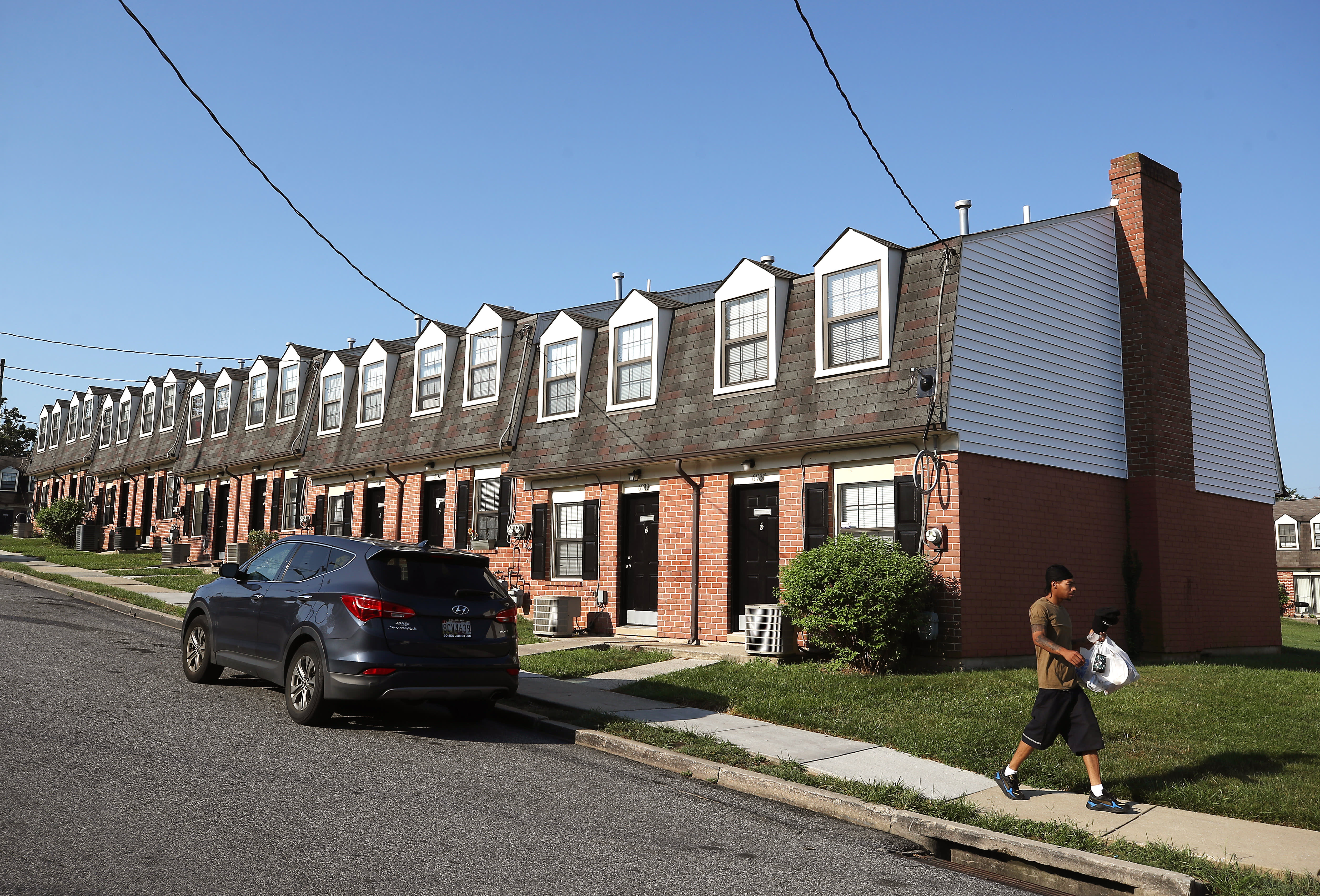For months, renter Sabrina Floyd waited with to hear if she and her family were approved for help from the Clark County rental assistance program in Las Vegas.
She’d often ask her caseworker for updates, and would get the same reply: “Thank you for your continued patience during these hard times,” the email said. “We are still processing your application.”
Then on June 9, she learned that she was denied because she hadn’t supplied a necessary document in time. She wondered which document officials were referring to. No one had said her application was missing anything.
“We never took longer than 48 hours to respond to any request,” Floyd, 27, said. “I feel frustrated.”
More from Personal Finance:
Tax refunds and stimulus checks delayed by identity fraud crossfire
Americans’ inflation fears reach a fever pitch as consumer prices rise
Non-tax filer families can now sign up for the new monthly child tax credit
And now she worries she and her 3-year-old daughter, Emeri, will be evicted. (Clark County’s rental assistance program did not respond to a request for comment.)
Even as the pandemic fades, more than 10 million Americans, or 14% of U.S. renters, are still behind on their rent.
Congress has allocated more than $45 billion in assistance to help clear up these arrears and keep people in their homes, but the rollout of the money has been slow in many states. The first part of the funding was passed in December and the second in March.
Housing advocates blame the delays on unnecessarily complex paperwork and arduous and unclear requirements.
“They’re demanding things that many tenants don’t have, like the landlord’s email address, for example,” said Dan Rose, an assistant professor of sociology at Winston-Salem State University and an organizer with Housing Justice Now. “They’ve also done a terrible job communicating with tenants.”
Rose estimates that just about 5% of the rental assistance allocated to Winston-Salem and Forsyth County in North Carolina have gone out to tenants by now.
The slow rollout will have dire consequences for people, he said: “[It’s] going to worsen the eviction crisis in the coming months.” The national ban on evictions expires in two weeks.
Across the country, the assistance is moving slowly.
State and local distribution programs that deviate from congressional intent, enacting haircuts or caps on back-rent, leave rental housing providers to unfairly absorb the debt.Greg Brownsenior vice president of government affairs at the National Apartment Association
For example, Colorado’s state program has only approved or distributed 1.5% of its funding, according to data provided to CNBC by the National Low Income Housing Coalition. Wyoming’s program, meanwhile, has handed out just 0.1% of its assistance.
Brett McPherson, a spokesman for the Colorado state program, said the federal funds “require significant documentation from both the tenant and the landlord.”
“We are continually working to improve the implementation of the federal program but we are bound by federal law to gather certain documentation before approving payments,” McPherson said.
Wyoming’s program did not respond to a request for comment.
The U.S. Department of Treasury, which is overseeing the rental assistance funding, has issued guidance saying that programs should take struggling tenants at their word if they can’t offer a certain document, said Andrew Aurand, vice president for research at the National Low Income Housing Coalition.
However, just around half of the 400 programs giving out the money across the country are allowing that so-called self-attestation and making the availability of that option clear to applicants, Aurand has found.
“These documentation requirements are a barrier to the same renters who likely have the greatest need for this assistance,” he said.
Landlords are also frustrated with the rollout of the aid.
“State and local distribution programs that deviate from congressional intent, enacting haircuts or caps on back-rent, leave rental housing providers to unfairly absorb the debt and ultimately threaten the future of housing affordability,” said Greg Brown, senior vice president of government affairs at the National Apartment Association.
Karrington Gathings was recently denied rental assistance in Winston-Salem, North Carolina, because she couldn’t come up with the necessary documentation.
Although she receives a monthly disability check from Social Security and couldn’t prove a drop in her income due to the pandemic, her fiancé was the one helping her pay the rent and he’s struggled to get consistent work of late. As a result, they’ve fallen behind and face eviction.
Gathings, 21, would like to get a remote job that would allow her to be home with her two young sons, Kaeson and Karson, but she’s found it hard to do so with the vision problems she’s experienced since she was 10.
“Every time I disclose my disability, they always have an excuse or come up with a reason why I’m not suitable,” she said. “Or they don’t want to offer the accommodations I’d need.”
The details of her situation may be a little more complicated than others, she said, but her need for the assistance is no less real.
“We really don’t have the money,” Gathings said. “How am I going to pay my rent?”
